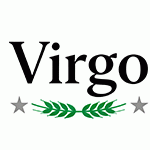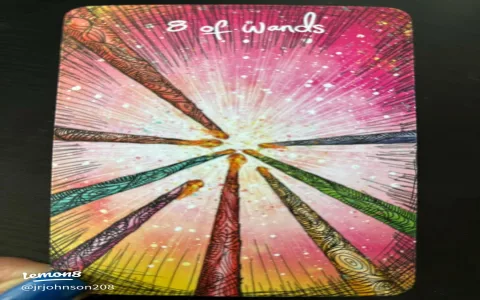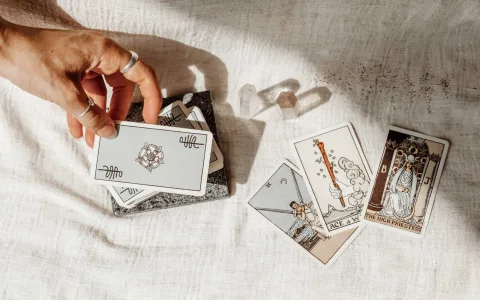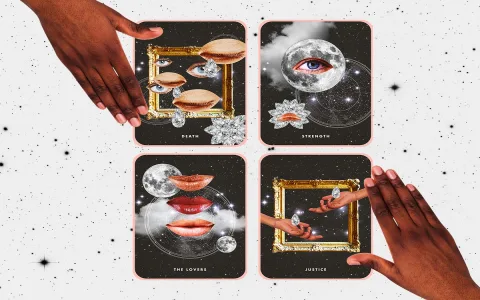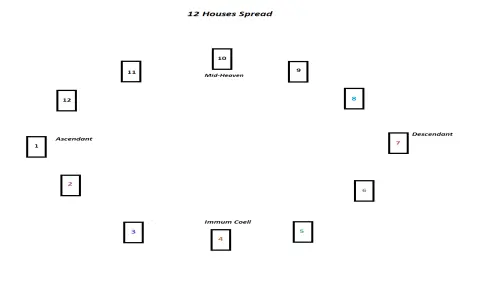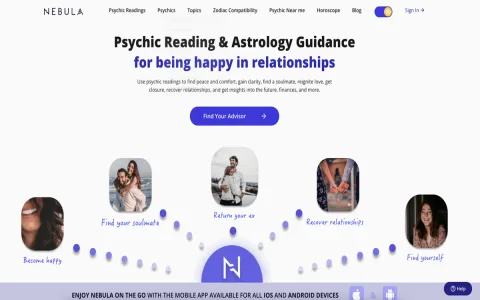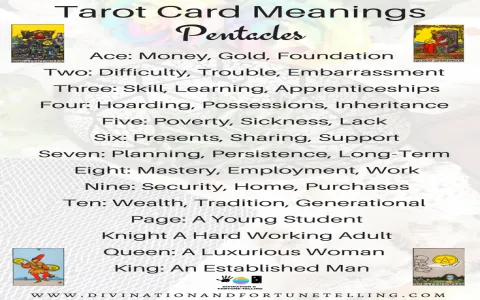Okay, so lately I decided to really dig into goddess tarot cards. You know those beautiful decks featuring Athena, Isis, Freya, all those powerful figures? I picked up one of the popular ones and jumped in, figuring since I knew the stories, reading meanings would be straightforward. Man, was I wrong! Here’s where things went sideways.
My First Stumbles Reading Goddess Cards
Diving in, I kept messing up these basic things:
- Ignoring the Actual Card Meaning: Right away, I grabbed the The High Priestess card. My brain went “Athena! Wisdom! Strategy!” and just stopped there. I completely brushed off the card’s core themes – intuition, hidden knowledge, mystery. I basically saw the goddess image and assumed the whole card was just about her myth. Big mistake.
- Forcing Goddess Stories Onto Positions: Pulling The Empress card in a career reading position made me immediately think “Oh, Gaia! Abundance! Fertility!” So I told myself it meant career growth flowing easily… but totally ignored practical details in the question about effort and strategy needed. I shoved the goddess story onto the position, ignoring the nuances.
- Mixing Up Similar Goddesses: Cards with goddesses holding moon crescents? Yeah, I lumped them all together – Isis, Selene, Artemis. I treated it like it was just “Moon Goddess Energy!” without paying attention to the specific goddess depicted or the other symbols on the card. Isis was suddenly Artemis, Artemis was Hecate… total chaos! I wasn’t looking close enough.
The Moment I Realized Something Was Off
I did a reading for a friend asking about overcoming anxiety. I pulled The Chariot, featuring maybe Sekhmet or another fierce, warrior-like goddess. My brain screamed “Power! Crush those fears! Charge ahead!” Felt pumped. But my friend just looked confused. She said her energy felt totally drained, like crawling, not charging. That clash hit me hard. My interpretation felt totally disconnected from her actual state. Time to fix my approach!
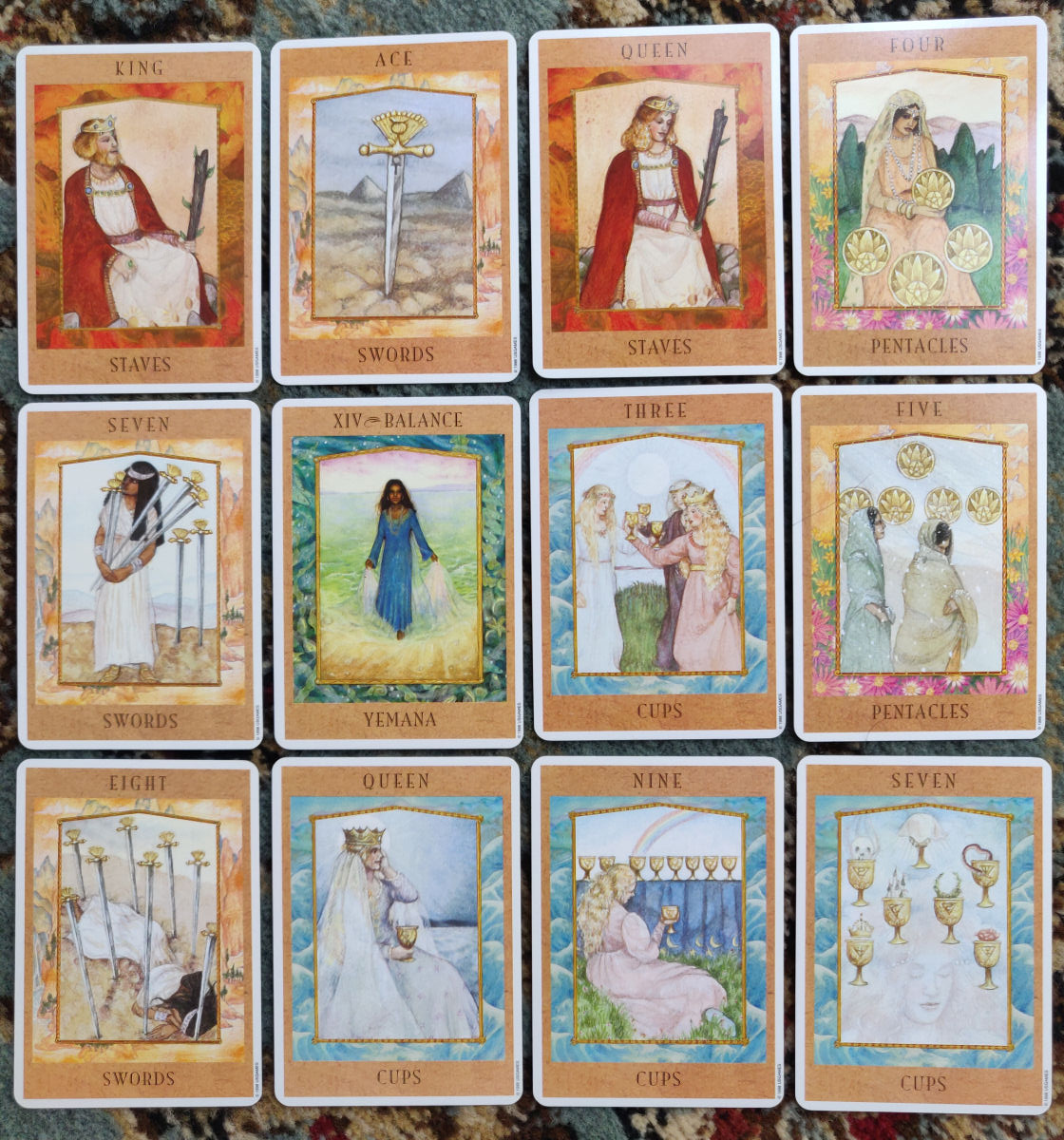
How I Fixed My Goddess Card Reads
Here’s what finally started working for me:
- Card First, Goddess Second: Now, I force myself to look at the card – really look. What are the core symbols? Colors? Mood? What is the traditional RWS or deck-specific meaning? Once I have that base, then I see how the goddess figure amplifies, shades, or offers a specific flavour to that core meaning. Athena on The Chariot might add disciplined strategy to overcoming obstacles, not just raw force.
- Position + Card + Goddess Blend: Now I go: Position Meaning + Card Meaning = Foundation. Okay, then how does the goddess aspect color or refine this? How does her specific story relate to this specific situation? The goddess enhances, not replaces.
- Look Closer at Who’s Actually There: If it’s Persephone, I ask what phase she’s in (Queen of the Underworld vs Maiden?). If it’s Hecate, I pay attention to the torches and crossroads. Stopping the lazy labeling. This specific goddess, here, now.
- Listen to the Vibes: This sounds fluffy, but it works. If the card feels heavy and introspective, but I see a goddess I usually associate with action, I pause. Does the card’s overall feeling contradict my initial goddess-assumption? Maybe this card is showing her underworld journey aspect, not her sunny sky one.
Where I’m At Now
It’s still a work in progress! But since making these tweaks, my reads feel way more grounded and actually helpful. The goddesses add depth and nuance, but they don’t steamroll the core tarot language anymore. It stopped being about “goddess = meaning” and started being “goddess + card + position + intuition = meaning.” Way less embarrassing moments for me, and hopefully better insights for anyone asking!
